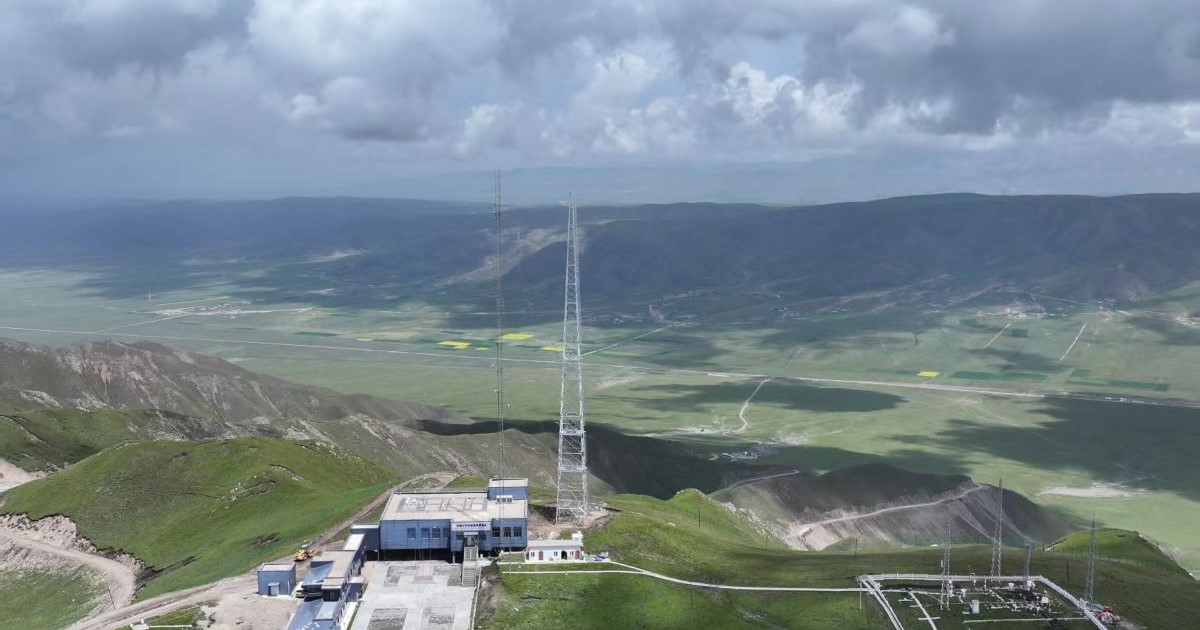Water Resource Challenges and Sustainable Management Solutions Under the Interaction of Climate Change and Human Activities
A special issue of Atmosphere (ISSN 2073-4433).
Deadline for manuscript submissions: 31 March 2026 | Viewed by 2435

Special Issue Editors
2. State Key Laboratory of Simulation and Regulation of Water Cycle in River Basin, China Institute of Water Resources and Hydropower Research, Beijing 100044, China
Interests: climate change; hydrological systems; water resources; SDGs; ecosystem services
Special Issues, Collections and Topics in MDPI journals
Interests: atmospheric background monitoring; greenhouse gases and carbon cycle; atmospheric composition and long-range transport; high-altitude atmospheric observations; atmospheric trace gases and source attribution
Interests: glacier change; glacier mass balance; glacier meltwater runoff
Interests: low carbon economy; environmental policy; carbon emissions
Special Issues, Collections and Topics in MDPI journals
Special Issue Information
Dear Colleagues,
The impacts of climate change and human activities on global water resources are becoming increasingly evident, posing unprecedented challenges to water resource management. With rising global temperatures and changes in atmospheric composition, significant shifts have occurred in global and regional climate patterns. The Waliguan Curve, as a critical reference for global atmospheric baseline data, reveals changes in greenhouse gas concentrations, highlighting the profound impacts of human activities on climate and water resources. Monitoring and assessment efforts by the World Meteorological Organization (WMO) regarding global climate change provide crucial support for predicting changes in regional climate patterns.
This Special Issue aims to explore the close connections between climate change and water resources, particularly examining how regional water supply and demand will evolve amidst the increasing frequency and intensity of extreme weather events such as extreme precipitation, droughts, and floods. Additionally, accelerated melting of glaciers poses potential threats to the sustainable supply of water, further complicating water resource management. In particular, the ever-increasing water demand driven by increasing human activities presents significant challenges for the sustainable utilization of water resources. Meanwhile, balancing human activities with the natural water cycle has become a critical issue for global and regional sustainable development. Furthermore, efficient water use and conservation are vital to achieving the dual-carbon goals (carbon peak and carbon neutrality).
The purpose of this Special Issue is to collect global research findings, examine the multidimensional impacts of climate change and human activities on water resources, and propose targeted solutions. It particularly emphasizes effective water resource management to ensure long-term ecological, economic, and social prosperity in promoting regional sustainable development.
Dr. Xinchen Gu
Dr. Fugang Li
Dr. Hongliang Li
Dr. Pan Jiang
Guest Editors
Manuscript Submission Information
Manuscripts should be submitted online at www.mdpi.com by registering and logging in to this website. Once you are registered, click here to go to the submission form. Manuscripts can be submitted until the deadline. All submissions that pass pre-check are peer-reviewed. Accepted papers will be published continuously in the journal (as soon as accepted) and will be listed together on the special issue website. Research articles, review articles as well as short communications are invited. For planned papers, a title and short abstract (about 250 words) can be sent to the Editorial Office for assessment.
Submitted manuscripts should not have been published previously, nor be under consideration for publication elsewhere (except conference proceedings papers). All manuscripts are thoroughly refereed through a single-blind peer-review process. A guide for authors and other relevant information for submission of manuscripts is available on the Instructions for Authors page. Atmosphere is an international peer-reviewed open access monthly journal published by MDPI.
Please visit the Instructions for Authors page before submitting a manuscript. The Article Processing Charge (APC) for publication in this open access journal is 2400 CHF (Swiss Francs). Submitted papers should be well formatted and use good English. Authors may use MDPI's English editing service prior to publication or during author revisions.
Keywords
- climate change
- water resource management
- Waliguan curve
- water cycle mechanism
- hydrological model
- glacial water resources
- dual carbon targets
- extreme weather
- regional sustainable development
- sustainable use of water resources
- impact of human activities
Benefits of Publishing in a Special Issue
- Ease of navigation: Grouping papers by topic helps scholars navigate broad scope journals more efficiently.
- Greater discoverability: Special Issues support the reach and impact of scientific research. Articles in Special Issues are more discoverable and cited more frequently.
- Expansion of research network: Special Issues facilitate connections among authors, fostering scientific collaborations.
- External promotion: Articles in Special Issues are often promoted through the journal's social media, increasing their visibility.
- Reprint: MDPI Books provides the opportunity to republish successful Special Issues in book format, both online and in print.
Further information on MDPI's Special Issue policies can be found here.







